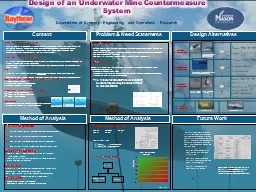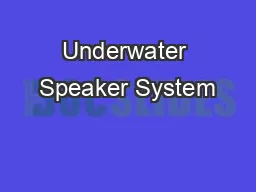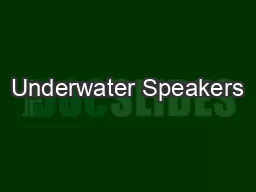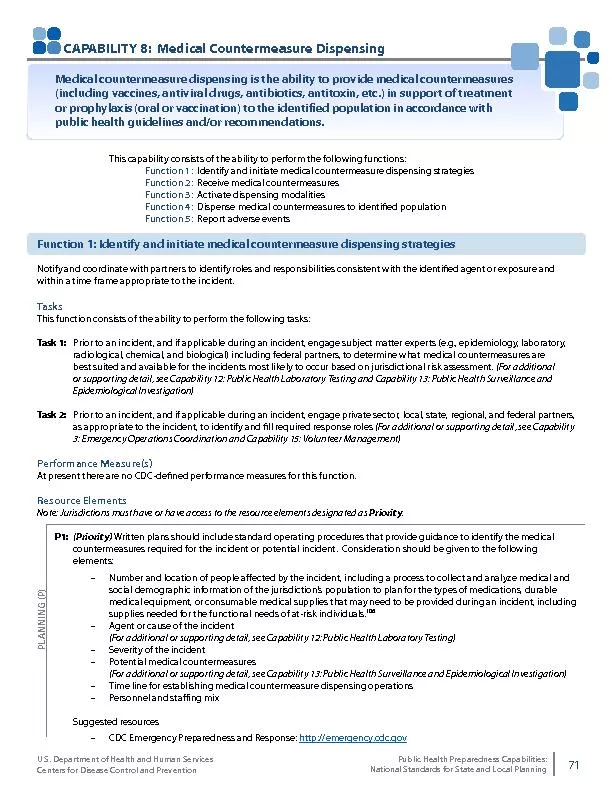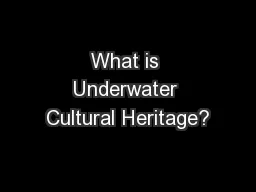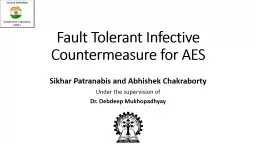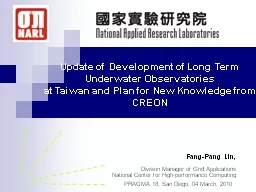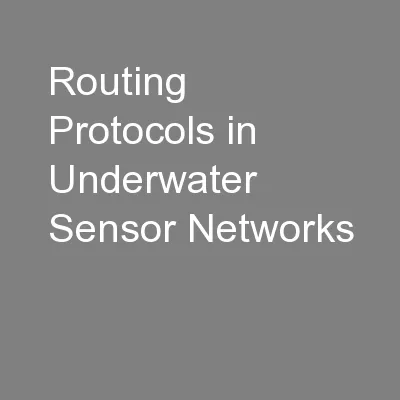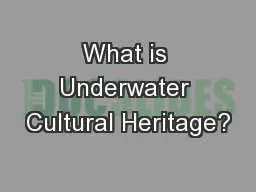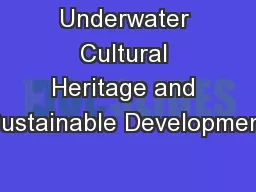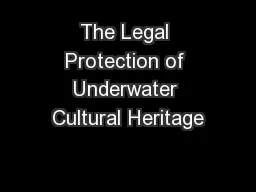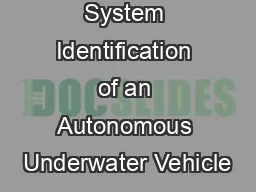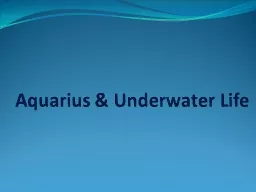PPT-Design of an Underwater Mine Countermeasure System
Author : natalia-silvester | Published Date : 2016-11-20
Department of Systems Engineering and Operations Research Method of Analysis Future Work Context Problem amp Need Statements Mission Requirements MR1 System
Presentation Embed Code
Download Presentation
Download Presentation The PPT/PDF document "Design of an Underwater Mine Countermeas..." is the property of its rightful owner. Permission is granted to download and print the materials on this website for personal, non-commercial use only, and to display it on your personal computer provided you do not modify the materials and that you retain all copyright notices contained in the materials. By downloading content from our website, you accept the terms of this agreement.
Design of an Underwater Mine Countermeasure System: Transcript
Download Rules Of Document
"Design of an Underwater Mine Countermeasure System"The content belongs to its owner. You may download and print it for personal use, without modification, and keep all copyright notices. By downloading, you agree to these terms.
Related Documents

